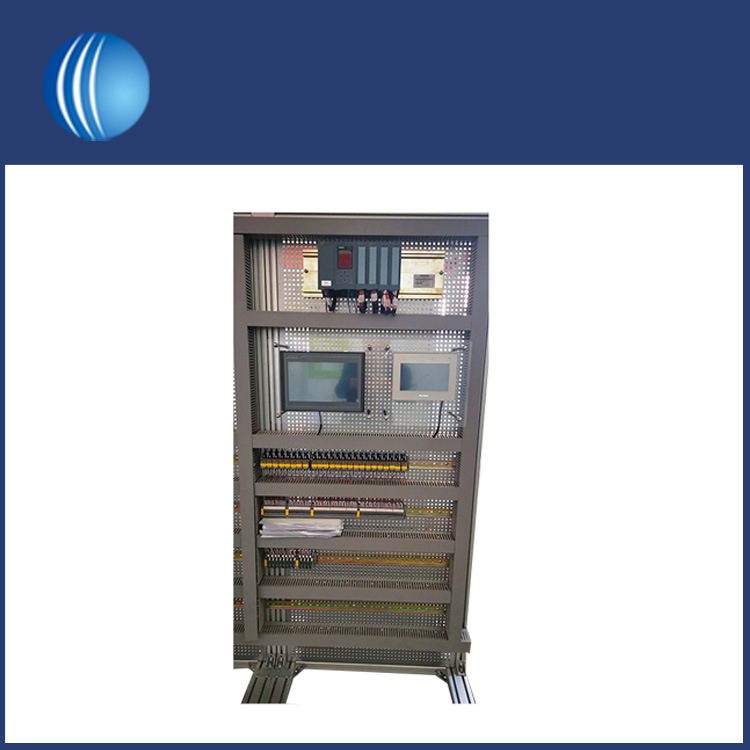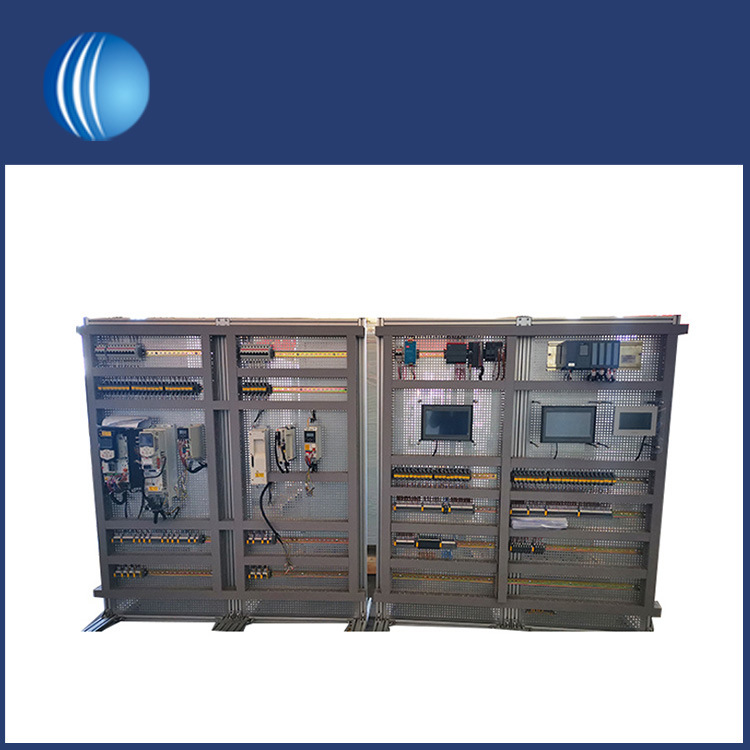
Electrical control panels serve as a central hub for controlling, monitoring, and protecting electrical equipment and processes.SKYT® provides a full range of project support, including project planning, logistics management, on-site installation and commissioning, etc.
Electrical control panels, often referred to simply as "control panels," are critical components in a variety of electrical and industrial systems. Control panels are used in a wide range of applications including manufacturing, power distribution, automation, HVAC (heating, ventilation and air conditioning), and more. It is usually a metal box or enclosure with specific structures and components used to perform various mechanical and electrical functions.
1.The structure of an electrical control panel usually includes the following components:
Enclosure/Enclosure: The control panel is usually mounted in a protective enclosure to prevent unauthorized access, to protect the internal electrical components from the external environment (dust, moisture, etc.) and to ensure safety. Enclosures may vary in size and material, such as stainless steel or NEMA grade, and enclosures typically have safety locks, doors, and seals for safety and protection.
Electrical Components: These components form the core of an electrical control panel and include, but are not limited to:
Circuit Breaker: For overload and short circuit protection.
Relays and Contactors: Used to control motors, lights, and other electrical equipment. These electromagnetic switches are used to control high current circuits and equipment such as motors or heaters. They are usually controlled by PLC or other control equipment.
Sensors: Electrical control panels typically contain a variety of sensors to monitor parameters such as temperature, pressure, flow, and level. Sensor data is used to make real-time decisions and adjustments within the controlled system.

Switches and buttons: for manual operation and control.
Timer: used to perform time-related operations.
PLC (Programmable Logic Controller): In many industrial applications, PLCs are used to automate and control processes. It is a digital computer that can be programmed to perform specific tasks and execute logic based on input signals.
HMI (Human Machine Interface) screen: used to display status information and accept operational input. In advanced electrical control panels, an HMI can be integrated, allowing operators to interact with the system through a graphical interface. HMIs may include touch screens and software for real-time data visualization and control.
Power supply unit: used to provide the required power. Control panels usually have their own power supply, including transformers, distribution blocks and circuit breakers. This ensures stable power to the components within the panel.
Cables and Connectors: There are a variety of cables and connectors found within electrical control panels that carry electrical signals between different components. These connectors allow for easy plugging and maintenance.
Labels and Markings: Labels and markings are used to identify the function of each component, as well as the purpose and direction of connecting wires.
2. Functions and operations:
Electrical control panel functions and operations include the following:
Switching and Starting: Operators use switches and buttons to manually start and stop electrical equipment, such as motors, pumps, or lights.
Automatic control: PLC or other automated control systems can be programmed to perform various automation tasks. This includes timing operations, conditional controls, logical operations, etc.
Monitoring and feedback: Sensors monitor various parameters such as temperature, humidity, current, and pressure and feed this information back to operators or automated systems.
Fault detection and protection: Electrical control panels can detect faults in the circuit (such as short circuits or overloads) and take appropriate protective measures, such as cutting off power.
Data collection and recording: The control panel can collect and record operating data for fault diagnosis, maintenance planning and performance analysis.

3. Main types:
Electrical control panels are mainly divided into the following types, depending on their application and functionality:
Power Control Center (PCC): A PCC is typically located in the power distribution system of an industrial facility and is used to distribute power to different subsystems. It includes the main circuit breaker, current and voltage monitoring equipment, and communication interfaces.
Motor Control Center (MCC): The MCC is dedicated to controlling and protecting electric motors. It includes starter, thermal protection, contactor and control logic.
Automation Panels (SCADA/PLC Panels): These panels are usually equipped with PLC or SCADA systems for advanced automation control and monitoring. They can execute complex control logic, monitor multiple parameters, and have remote access and control capabilities.
In short, electrical control panels are an indispensable part of modern industrial production. They ensure the safety and efficiency of the production process by controlling, monitoring and protecting electrical equipment. Different types of electrical control panels can be customized according to the needs of specific applications to meet the requirements of different industrial automation scenarios.For more detailed information, please view other pages or contact us.